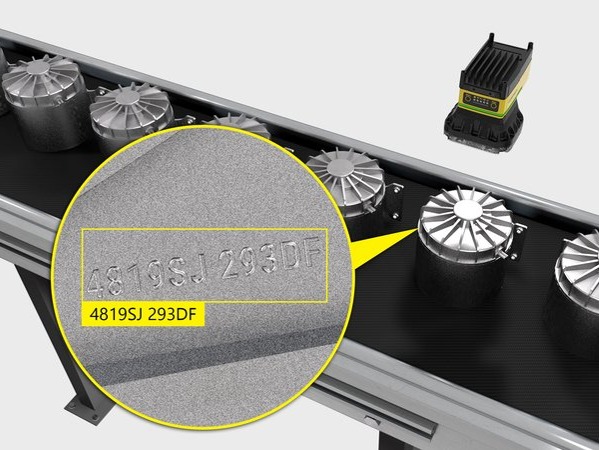
OCR (Optical Character Recognition)

The use of industrial character recognition applications in various settings. These applications are different from document type character recognition applications, and are commonly used in industries for a range of purposes such as reading characters on metal surfaces that are engraved or embossed, or reading characters from surfaces like plastic or glass. Other common applications include reading labels or printed text on products, reading various characters on parts moving along a conveyor belt, and reading information such as serial numbers, expiration dates, product codes, and VINs.
The text also notes that using a general-purpose OCR (optical character recognition) application to perform these tasks is usually not effective, and instead, specialized OCR applications must be developed using advanced lighting and image processing techniques. These applications may require specific lighting and lens configurations, and in some cases, multiple camera systems or pericentric lenses may be used to enable reading of cylindrical surfaces.
Importance of selecting the appropriate lighting for different applications in industrial character recognition, such as coaxial, dome, LED, and ring lighting. In some cases, photometric stereo techniques may be used to enable reading of characters that are difficult to see with the naked eye.
The text also provides some examples of OCR applications, such as reading circularly arranged characters, handwritten numerals, dot matrix characters, and distinguishing between different products. It notes that deep learning and classification methods can be used in OCR processes to teach machines to perform character recognition with high accuracy.
In industrial OCR processes, finding the product, searching for predetermined coordinates, and then performing OCR within the area of interest are often involved. In some cases, advanced image processing techniques are required to handle situations where some characters appear darker or lighter than others.
The text also notes the importance of selecting the right camera lens, lighting, and advanced image processing functions to address the specific challenges involved in industrial character recognition.

- Character Recognition
- Deep Learning
- Industrial Application
- Surface Reading
